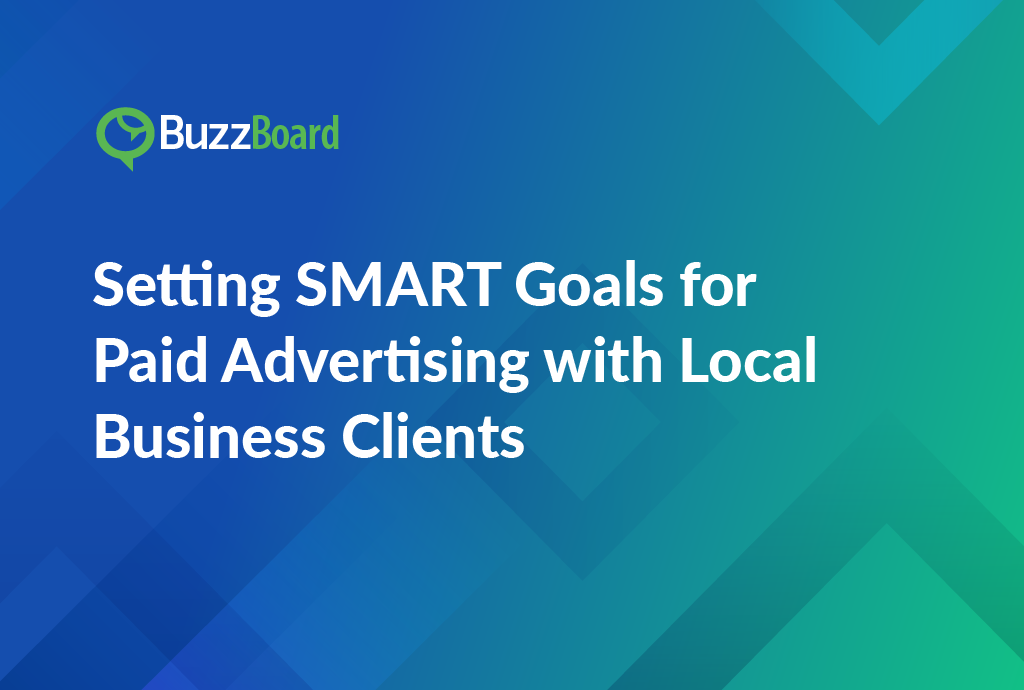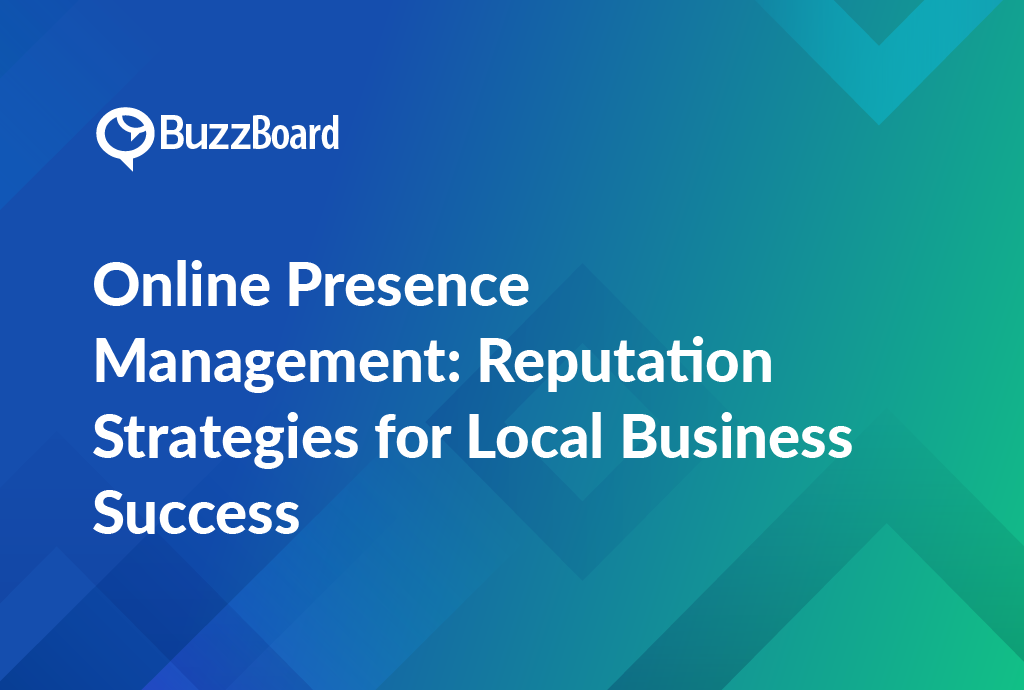Introduction to Paid Advertising and Its Significance for Local Business Clients
Paid advertising holds great promise for local businesses, rapidly emerging as a powerful aspect of digital marketing. Leveraging this advertising approach can significantly drive local business growth, presenting a practical avenue to promote products and services.
A deep understanding of paid advertising requires insight into SMART goals, a critical part of strategic planning. SMART—which stands for Specific, Measurable, Achievable, Relevant, and Time-bound—helps fine-tune advertising strategies, optimizing them for business success.
Local businesses flourish when goal-setting is intentional. Take a local bookstore aiming to amplify its customer base by 20% within three months, for example. Customized paid advertising campaigns aligning with this SMART goal could notably boost visibility and customer influx. The campaigns could deploy targeted social media advertising to engage local readers and increase store visits.
There’s no denying it—paid advertising is a vital tool for business growth and success, especially for local establishments. As salespeople in digital marketing, comprehending its many layers can yield remarkable results for your clients.
Understanding the Concept of Smart Goals Within the Context of Digital Marketing
The success of paid advertising campaigns in digital marketing greatly depends on the establishment of SMART goals, especially when collaborating with local business clients.
Understanding the varying needs of different local businesses is critical. Carefully considering the clients’ objectives can aid in crafting targeted, pinpoint advertising strategies. These campaigns should be measurable, in the sense that key performance indicators (KPIs) can be used to evaluate their effectiveness.
Furthermore, these goals should be achievable. Setting realistic targets based on the available resources and the dynamics of the local market is paramount. Also, ensure these goals align with the local business clients’ needs and their overall marketing and commercial strategies. Finally, these objectives should be assigned to a specific timeline that bolsters urgency and provides a touchstone for gauging progress and success.
Implementing SMART goals into your paid advertising campaigns with local business clients will enhance your strategies by bringing in higher accountability, strategic direction, and a means to track progress.
How to Set Smart Goals for Successful Paid Advertising Campaigns
Setting SMART goals is essential in all life aspects, including digital marketing. In the context of local businesses running paid advertising campaigns, achieving the desired success is more likely with this method.
Initially, you need to set SPECIFIC goals. This could be activities, like raising website traffic, improving engagement, or boosting brand awareness. The more precise your goals, the better. For local business clients, you may aim to increase store traffic or incentivize local business expansion.
Measuring your progress is a crucial second step. The goals should be MEASURABLE. Without these metrics, it’s challenging to gauge if the advertising strategy is working as predicted. Use the appropriate metrics to evaluate your campaigns’ effectiveness.
Thirdly, your goals must be ACHIEVABLE. Setting unrealistic targets can lead to disillusionment and ultimate failure. Ensure the goals you set are doable within your capacity and resources.
Your goals should be RELEVANT. All aims need to align with the overarching business objective. For instance, if a local business client wants to increase footfall, advertising efforts should focus on appealing to potential customers in the local area.
Lastly, set TIME-BOUND goals. Having clear timeframes keeps your team driven and focused, allowing you to evaluate campaign success periodically.
Goal-setting needn’t be challenging. With SMART goals, your paid advertising campaigns can achieve new heights.
Real-World Examples of Local Business Growth Achieved Through Strategic Paid Advertising
As digital marketing agencies that target small and local businesses, we are continually searching for effective strategies to stimulate local business expansion. One approach that has demonstrated real-world effectiveness is launching paid advertising campaigns. Let’s delve into a few examples.
Consider a local pizza restaurant in Chicago. Recognizing the potential of digital marketing, the owners set aside a budget for paid advertising. By applying SMART goal setting, they aimed for a minimum of 20% sales growth within six months. Instead of merely promoting their business, they created attractive offers designed to draw not just clicks, but paying customers too. The outcome? A 35% sales increase.
In contrast, a Seattle-based fitness studio used paid advertising to target potential customers living within a specific radius. Once again, SMART goals proved indispensable in their planning, as they hoped to boost membership by 15% within three months. Thanks to a finely-tuned paid advertising strategy, they surpassed their goal, resulting in a 25% increase in memberships.
Whether the client runs a pizza restaurant or a fitness studio, coupling paid advertising with SMART goal setting can drive success. Be sure to bear these examples in mind while planning your own paid advertising campaigns.
Ultimately, the keys to accomplishing your objectives include targeting specific demographics, crafting irresistible offers, and strategically managing your advertising budget. As you refine your advertising strategies, remember that the potential rewards greatly surpass the costs.
Exploring Challenges and Strategies for Tying Smart Goals to Business Success With Paid Advertising
The digital marketing landscape is rapidly evolving, and utilizing paid advertising strategies with local business clients has become essential for fostering local business development. However, marketers often encounter the struggle of linking SMART (Specific, Measurable, Achievable, Relevant, Time-bound) goals to business success.
It’s important to comprehend that the formulation of sturdy advertising strategies is synonymous with solid goal setting. For business prosperity, your SMART goals need to intertwine flawlessly with the campaign’s objectives, forging a connection between your goals and the paid advertising initiatives.
An effective method of applying SMART goals in digital marketing entails defining precise objectives for your paid advertising efforts. For instance, aiming to expand a local business client’s customer base within three months would necessitate goals that are significant, measurable, achievable, relevant, and time-bound.
Moreover, grasping your local business client’s distinct needs and objectives proves valuable in outlining these goals. Note, established goals should act as guidance points steering your campaigns, not as stringent obstacles. Although attaining success in digital marketing isn’t an immediate process, continual and strategic reevaluation of these goals can greatly contribute toward ensuring local business victory.








